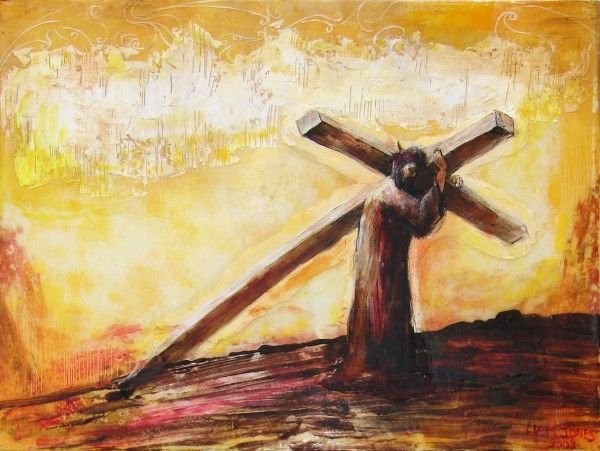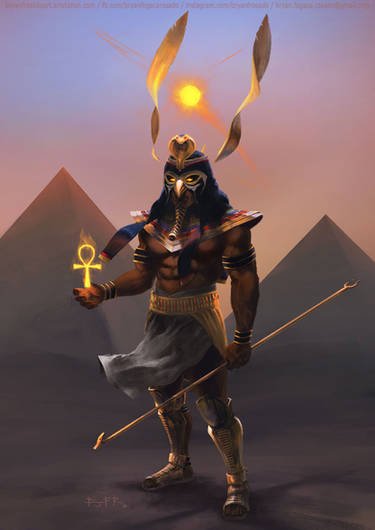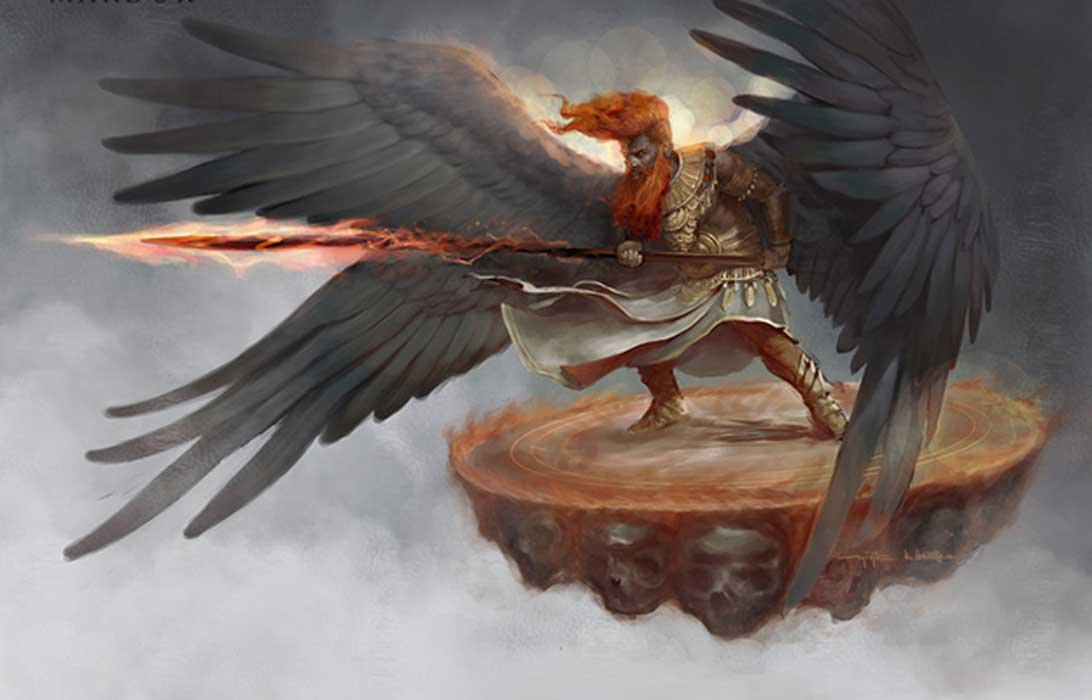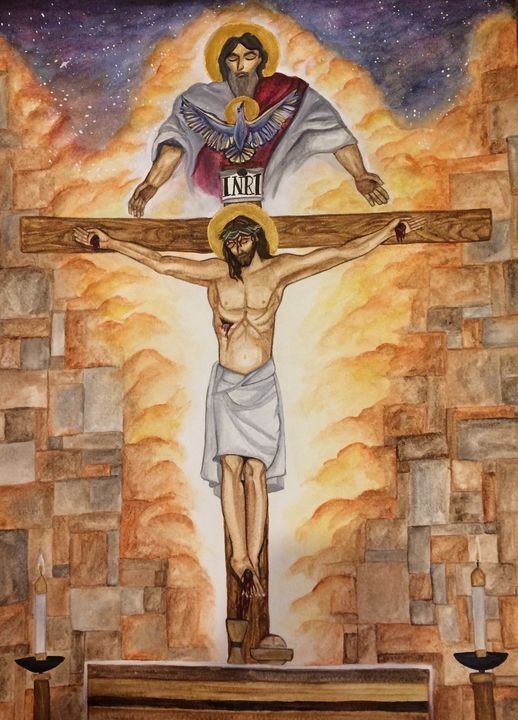To Set the Oppressed Free
Lent: Day 13
Reflections through “The Wood Between the Worlds” (By Brian Zahnd)
Chapter 13: The Lynching of the Son of Man
Zahnd quotes Black Christian theologian and author James Cone from his book, “The Cross and the Lynching Tree”…
“In the mystery of God’s revelation, black Christians believed that just know that Jesus went through an experience of suffering in a manner similar to theirs gave them faith that God was with them, even suffering on lynching trees, just as God was present with Jesus in the suffering of the cross.”
In this chapter Zahnd points to the similarities between what happened at a typical crucifixion scene and lynching off Black people in the United States. They were spectacles that drew large crowds of blood thirsty people.
Zahnd writes…
“Between 1880 and 1940 there were nearly five thousand public lynchings of African Americans by white mobs in the United States…These were not clandestine executions but public events, often attended by as many as ten or twenty thousand men, women, and children. Newspapers announced the time and location of the lynching. These gruesome spectacles had a carnival-like atmosphere. They were a repugnant, unabashed celebration of white supremacy. Onlookers would pose for pictures, smiling and pointing at the hanged victim.” (P. 126)
Zahnd draws upon what he wrote about in chapter 12 about the scapegoat mechanism, whereby one victim is punished or killed as a way to appease the anger, angst, and fear of a group of people.
Anytime someone reads the Bible, they read it through the lens of what they have experienced in their life. The Gospel is good news to the oppressed and enslaved, and it’s more than just spiritual slavery. The Gospel is good news for the body and spirit.
The Exodus wasn’t just a spiritual event. Real people were freed from their human oppressors. The cries of the Hebrews slaves were heard by God, and the cries of the African slaves brought over to the United States were heard by God.
The Bible tells us that God hears the cries of the oppressed (Ps. 10:18). Again, this isn’t just a spiritual application. The Hebrew prophets constantly warned that God was going to judge his people for the way that the rich mistreated the poor and foreigners amongst them.
When Jesus read the scriptures in the Synagogue in his hometown he read from the scroll of Isaiah that says…
“The Spirit of the Lord is on me, because he has anointed me to proclaim good news to the poor. He has sent me to proclaim freedom for the prisoners and recovery of sight for the blind, to set the oppressed free, to proclaim the year of the Lord’s favor.” (Lk. 4:18-19, Isa. 61:1-2)
Those of us who have lived fairly comfortable lives are quick to spiritualize everything that we read in the scriptures, but to a slave living in subpar conditions whether in America, or anywhere else in the world, the words of Isaiah are good news for the whole person. God cares for our earthly well-being as well as our spiritual well-being.
To those who have suffered in any way in this life, the cross means that God knows what we are going through. God can identify. God isn’t standing far off, but he shared in our agony, pain, rejection, loneliness, and unfair, unjust treatment in the person of Jesus of Nazareth.
Zahnd writes…
“The only way for the Southern white mob at a lynching - the vast majority of whom thought themselves fine Christians - to be delivered from the demonic possession of white supremacist hate and murder was to see Jesus in the lynched Black man, or better yet, to see Jesus as a lynched Black man…They need to remember what Jesus said in his parable of the sheep and the goats: ‘As you did it to the least of these my brothers, you did it to me’” (Mt. 25:40) (p. 127)
On the cross Jesus stands in solidarity with all who have been betrayed, falsely accused, taken advantage of, pushed aside, ignored, forgotten, and humiliated.
Amen.





















